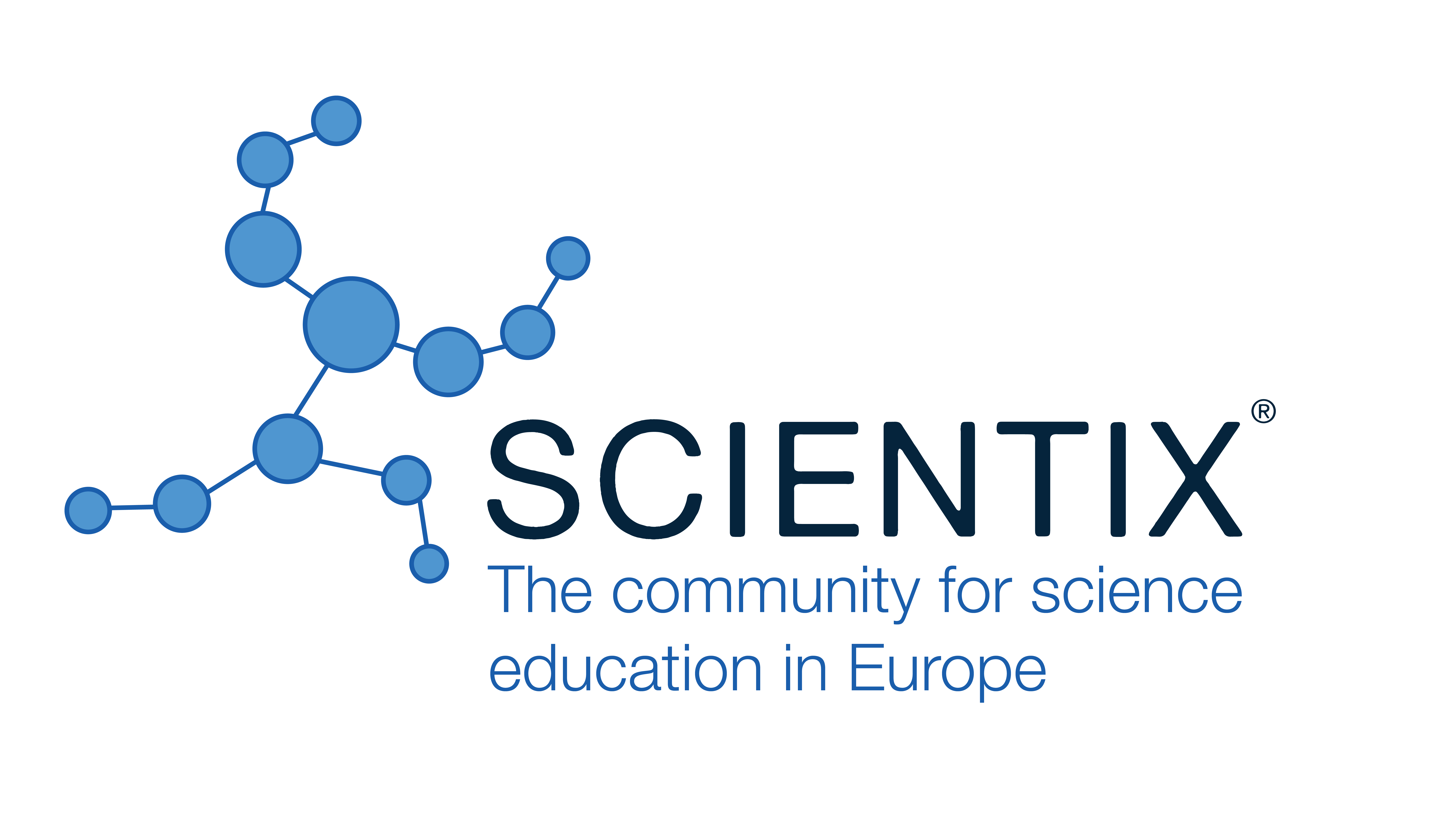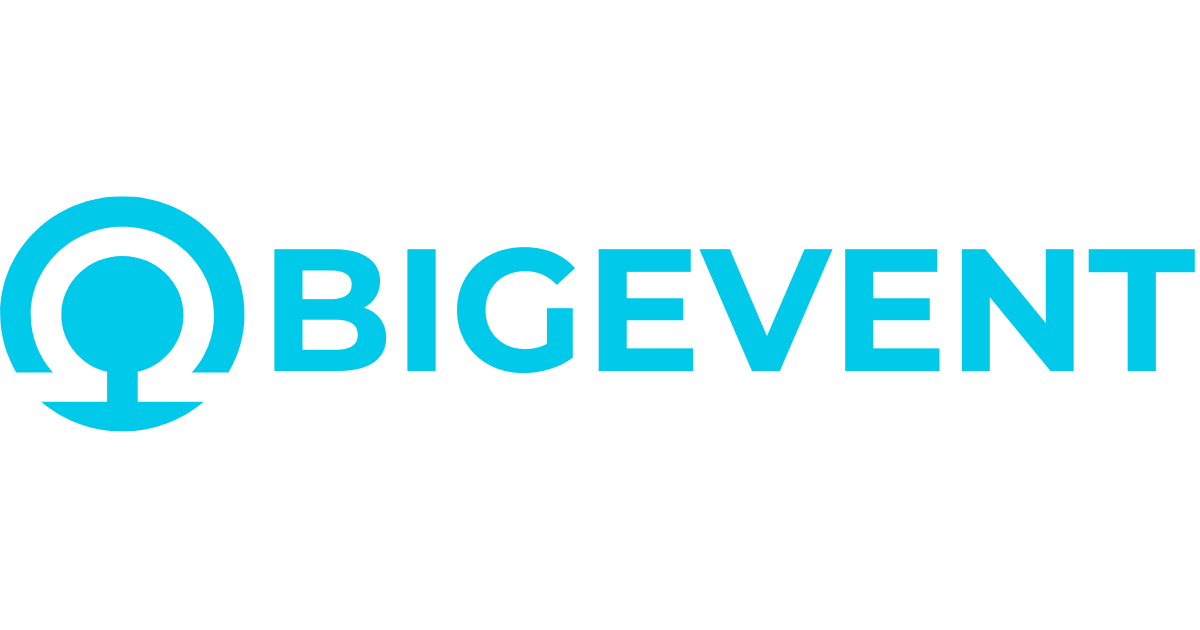Pharmacy Students' Expectations and Perceptions of Student-Active Learning
Marcel Köhler, Nord University (Norway)
Beata Joanna Godejord, Nord University (Norway)
Abstract
The professional role of pharmacists is continuously changing due to the needs of the labor market. The new guidelines for health and social science education programs (RETHOS) in Norway address these changes [1] and have necessitated a change in the pharmacists' study programs. Recently issued regulations [2, 3] specify the requirements for both pharmaceutical and general competencies to better prepare graduates for their future professional roles. In this context, student-active forms of learning can be particularly valuable [4]. As part of a project in the pharmacy program at the Nord University in Norway, various student active learning methods are being developed, tested, and evaluated in terms of their usability. The aim of this study was to investigate whether students' expectations of learning activities and notions about student active learning are in line with the purpose of the project and its goals. A questionnaire was delivered to first- and second-year pharmacy students (n=52) at Nord University. Participation in the study was voluntary and the data was collected anonymously. The interpretation of qualitative data obtained from student’ answers to the open-ended questions was inspired by content analysis. Quantitative data obtained from the answers to close-ended questions were summarized descriptively. The analysis of data reveals that the students view active learning as a participatory approach with both social and individual components. Their learning is motivated by various factors and their motivation to learn is both intrinsically and extrinsically influenced. The findings of the study guide the development of instructional approaches towards addressing both the project goals and the students’ voice in a synergistic alignment.
|
Keywords |
Student-active learning, pharmacy education |
|
References |
[1] Regjeringen. RETHOS: Bakgrunn og organisering. https://www.regjeringen.no/no/tema/utdanning/hoyere-utdanning/utvikling-av-nasjonale-retningslinjer-for-helse--og-sosialfagutdanningene/id2569499/ Updated: 24.08.22. [2] Forskrift om felles rammeplan for helse- og sosialfagutdanningene. FOR-2017-09-06-1353. https://lovdata.no/dokument/SF/forskrift/2017-09-06-1353 (accessed: 14.01.2024). [3] Forskrift om nasjonal retningslinje for farmasøytutdanningene, bachelor – og masterutdanning i farmasi. FOR-2020-01-03-25. https://lovdata.no/dokument/SF/forskrift/2020-01-03-25?q=farmas%C3%B8yt (accessed: 14.01.2024). [4] Freeman S, Eddy SL, McDonough M, Smith MK, Okoroafor N, Jordt H et al. (2014). Active learning increases student performance in science, engineering, and mathematics. Psychol Cog Sci 111; 23: 8410-15. Doi: www.pnas.org/cgi/doi/10.1073/pnas.1319030111 |
 The Future of Education
The Future of Education





























